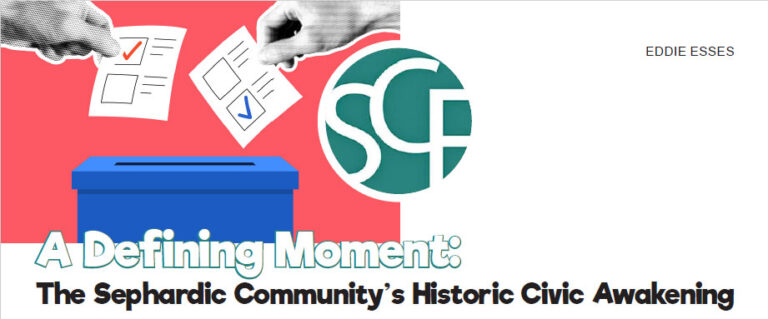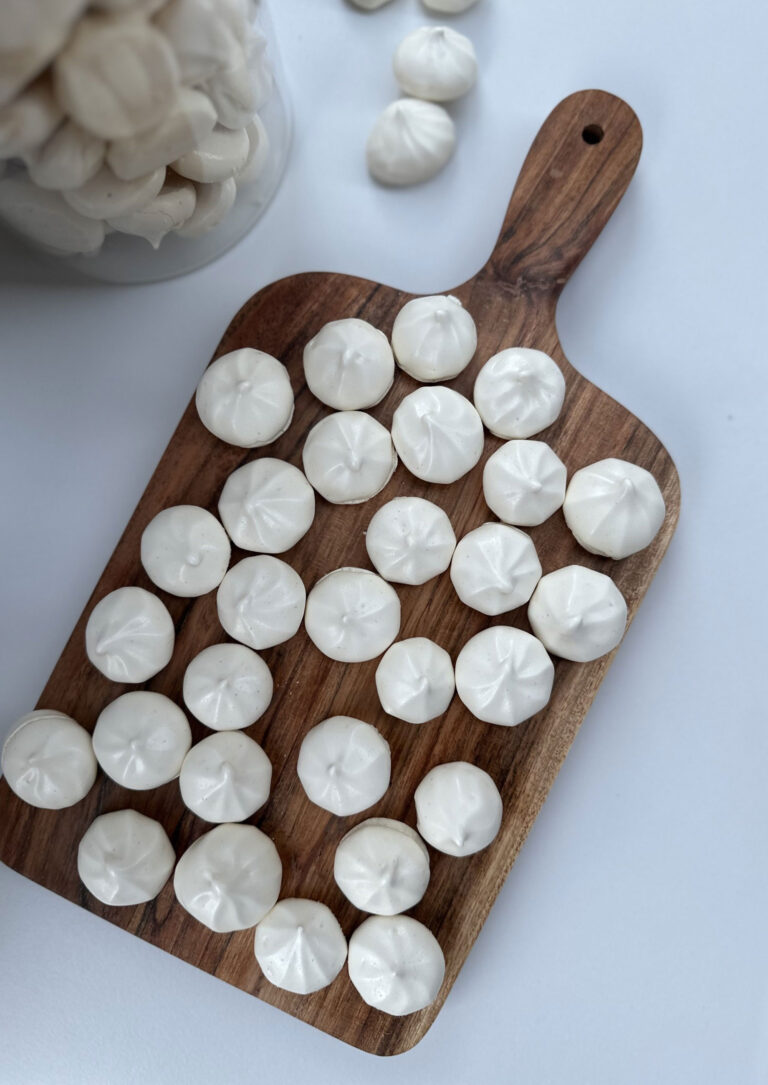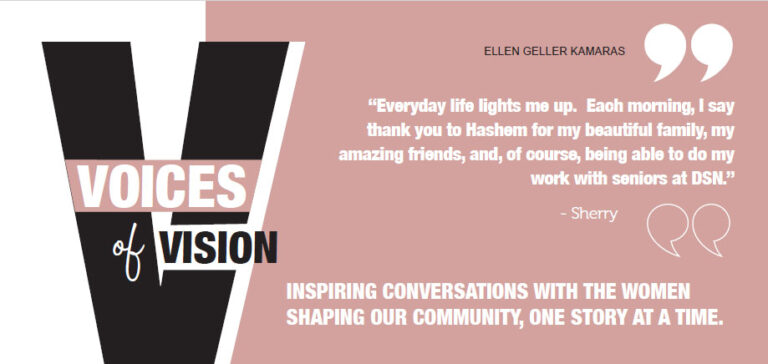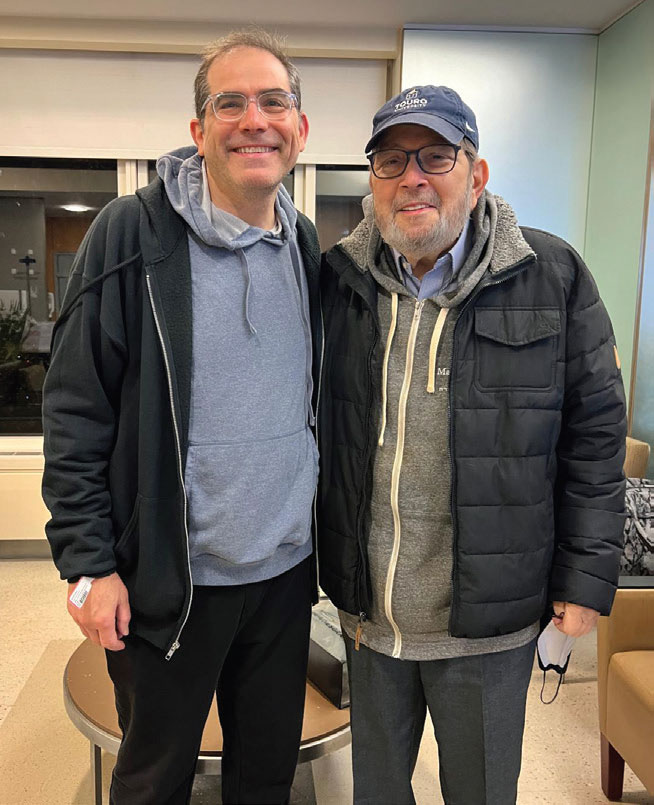Hardly any Torah Jew goes through the Hanukah season without encountering the famous question posed the Bet Yosef – Maran Rav Yosef Karo (1488-1575), author of the Shulhan Aruch – regarding the eight-day celebration of this wonderful holiday.
As we know, Hanukah celebrates two miracles: 1) the supernatural triumph of a small, ill-equipped group of Jewish fighters over the mighty Greek army; 2) the small jug of pure oil which sustained the lamps of the menorah for eight nights. It is commonly assumed, for good reason, that specifically eight days of celebration were instituted due to this second miracle – the oil lasting for eight nights until a new supply of pure oil could be brought to the Bet Hamikdash.
The Bet Yosef asks, very simply, why we celebrate for eight days, given that the miracle occurred over the course of seven days. The Talmud states explicitly that the jug contained enough oil for one night. Hence, the miracle occurred only on the subsequent seven nights, but not on that first night. Seemingly, then, Hanukah should be celebrated not for eight days, but rather for seven days.
This question has yielded a vast, fascinating literature, with entire volumes having been published containing literally hundreds of answers, each of which has been debated and analyzed at length by Torah scholars.
I would like here to present one particular approach which claims that indeed, no miracle occurred on that first night when the menorah was kindled – but this first day nevertheless warrants a celebration because it is what led to the subsequent seven miraculous nights.
“Sleepy” Mitzvot
To explain how, we are going to take a brief detour away from Hanukah to the next holiday on our calendar – Purim.
When Haman approached Ahashverosh to request the king’s authorization for the Jews’ annihilation, he said, “Yeshno am ehad mefuzar umeforad ben ha’amim – There is one nation that is scattered and dispersed among the nations” (Ester 3:8). The Gemara (Megillah 13b) interprets the word “yeshno” to mean “yashnu min hamitzvot” – the Jews were “asleep” with regard to the mitzvot.
It seems that Haman here described the Jews’ laxity and disregard for the mitzvot, that they simply were not sufficiently committed to Torah observance. And, as such, they lacked the merits to be protected from his efforts to destroy them.
But why did Haman use the specific image of sleep? If he wanted to speak of the Jews’ neglect of the mitzvot, why he did he describe them as “sleeping”?
The answer might be that Haman was referring not to neglect, but to lethargy, to a lack of passion and rigor. The Jews indeed observed the mitzvot – but “sleepily,” to get them over with, as items on their checklist.
I am reminded of the time when somebody happened to mention to me that after so many years of putting on tefillin every weekday, he feels as though he could put them on his sleep.
I replied, “You do.”
Most men are basically asleep when they put on their tefillin. It’s of course exciting for a bar-mitzvah boy on the first day he wears tefillin, andthe next day, and the next couple of weeks, perhaps the next month or two – but eventually this mitzvah loses its luster, its excitement, and it becomes just another chore.
This, then, was Haman’s claim to Ahashverosh – that the Jews were vulnerable because their mitzvot were “sleepy,” lacking enthusiasm and zeal.
If so, then the Gemara is making a truly astonishing statement – that our lack of enthusiasm when performing mitzvot puts us at risk, that even if we obediently do what the Torah requires of us – like the Jews at the time of the Purim story – we could be undeserving of Gd’s protection if our observance is “sleepy.”
How does this work? Why is excitement for mitzvot such a critical factor?
Transcending the Cycle of Nature
The Ba’al Shem Tov (1698-1760) taught that Gd treats us in a manner that reflects the way we act. A famous verse in Tehillim (121:5) describes Hashem as our “shadow” (“Hashem tzilecha al yad yeminecha – Gd is your shadow on your right side”). A person’s shadow does precisely what the person does; if he outstretches his left arm, the shadow’s left arm will be outstretched. The same is true of Gd. If we act kindly and forgivingly toward others, Gd will act kindly and forgivingly toward us.
Another application of this rule relates to the emotion we invest in our avodat Hashem (service of Gd). It is natural for a person to lack excitement as he goes about his daily routine. Human nature is such that the things we do day in, and day out become uninteresting, and we do them mechanically, by rote, without joy and fervor. Our daily routines in this sense resemble the cycle of nature. We get up and go about our business just as the sun rises in the morning and sets in the afternoon, and like the leaves fall in the autumn and grow back in spring. We get up in the morning and go to the synagogue for shaharit just like nature runs its course.
Applying the Ba’al Shem Tov’s rule, then, we reach the conclusion that our “natural” observance of mitzvot results in Gd governing our lives according to the ordinary course of nature. If we follow the natural course – of going about our daily routine listlessly, without energy or enthusiasm – then Gd responds by subjecting our lives to the routine of the natural cycles.
There are times in our lives when the natural routines aren’t good enough, when we need a miracle that transcends the laws of nature. The doctors say there is no cure; the shadchanim say that there are no more eligible prospects; the industry has changed and the business is no longer profitable. We have all faced situations where the natural course wasn’t good enough, when we needed a miracle. And as a rabbi, I am sometimes approached by people asking me what they could do, how they can make themselves worthy of a miracle. When the regular service isn’t good enough, and we desperately need the “VIP service,” how do we access it?
The answer is that if we break our natural routine, then Gd will, in turn, transcend nature’s routine for us. We access Gd’s “VIP service” by giving Him, as it were, “VIP service,” by extending beyond our natural tendencies. If we perform our day-to-day mitzvot with energy, with vitality, with attentiveness, with enthusiasm – then He will be prepared to break the cycle of nature on our behalf.
When Sarah, our matriarch, learned that she would be conceiving at an advanced age, she laughed in disbelief, wondering how this was possible, given that “adoni zaken – my husband is elderly” (18:12). The deeper meaning of this verse might be that “adoni” – “my Master,” my service of Gd, the Master of the world – is “zaken” – “elderly,” old and stale, unenergetic and lethargic. Sara, like all righteous people, always strove to be better, to find room for improvement, and she felt that she invested insufficient joy and enthusiasm into her avodat Hashem. She therefore figured that she was undeserving of a miracle, of having the laws of nature transformed for her.
The Excitement of Hanukah
With this background, we can return to the question of why we celebrate the first night of Hanukah, when no miracle occurred.
The Bayit Hadash (Rav Yoel Sirkis, Poland, 1561-1640) writes that the Jews were deserving of the Greeks’ persecution “al shenitrashelu ba’avodah” – because of the listlessness of their service in the Mikdash. They performed the service – but dispassionately, without the focus and energy that it deserves. Gd therefore brought the Greeks who raided the Temple, defiled it, and prevented the Jews from using it.
In response, the Hashmonaim reignited their enthusiasm for mitzvot, and were determined to do everything they could to expel the Greeks and restore the service in the Mikdash. On that first night, when the Hashmonaim were finally given the opportunity – for the first time in several years – to perform the avodah (service), we can only imagine their excitement, the love and emotion with which they served. It was this fervor that led them to find the small jug of pure oil with which to kindle the menorah that night.
And it was this passion and excitement that made them deserving of the subsequent miracle. By performing the mitzvah that night with unparalleled enthusiasm, they became worthy of a miracle – and the oil lasted for the next seven nights.
This, perhaps, is the reason we celebrate the first night. No miracle happened on this night – but what did happen on this night brought the miracle that unfolded over the course of the next seven days. On the first night of Hanukah, we celebrate not the miracle of the oil – but the excitement and enthusiasm through which we were deserving of Gd’s supernatural treatment.
Hanukah, then, is a time for us to rejuvenate our mitzvah observance, to inject fervor into our mitzvah routine.
Our daily mitzvah regimen is a great blessing – but also a great challenge. The daily prayers, and even the weekly observance of Shabbat, can become uninteresting and dull. As we light the Hanukah candles, let us try to reignite within ourselves the fire of passion and enthusiasm. Let us follow the example of the Hashmonaim, the example of unbridled devotion and rigor. Let us remind ourselves how privileged we are to be chosen as Gd’s loyal servants, and commit to serve Him to the best of our ability and at the highest standards every day of our lives.












